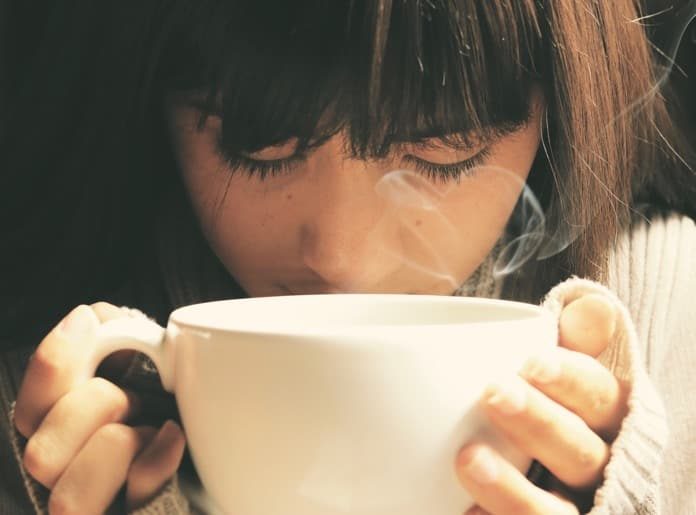Caffeine and rosacea are linked, but this link depends on the caffeine source. Researchers have discovered a unique relationship between coffee and facial flushing.
Deep flushing of the face, swelling, and pimple breakouts – these are the main symptoms of people with rosacea. Rosacea is a chronic skin condition that is triggered by diet, environment, exercise, hormones, and the immune system. It is as common as the world’s love of coffee. Ironically, caffeine intake is tied to rosacea. Research has not clearly outlined what this link means – does caffeine make rosacea worse? Does it reduce the severity? Which sources of caffeine are better or worse for the condition?
This October, researchers from Brown University in the United States wanted to understand how rosacea flare-ups and caffeine intake related to each other. A total of 82,737 women from the Nurses’ Health Study II (NHS II) were recruited for this study. They reported their caffeine intake through annual questionnaires for four years. This data included their frequency of caffeine intake and the types of caffeinated food items consumed. Subjects who experienced rosacea were identified and assessed further for racial medical differences, disease history, and medication use.
Caffeine from coffee was linked to fewer incidences of rosacea flare-ups
Published in JAMA Dermatology, the study found that caffeine from coffee was linked with fewer incidences of rosacea flare-ups. Other sources of caffeine, such as tea, chocolate, and pop, did not have this effect. Decaffeinated coffee also did not reduce its risk.
The more cups of caffeinated coffee consumed, the greater the protective effect against rosacea. This is expected to be due to the impact caffeine has on blood vessels. It causes vessels at the surface of the face to constrict and reduce blood flow. Thereby, there is less flushing.
Caffeine also has some effects on the immune system, causing it to be suppressed. Differences in race, smoking status, exercise, and body mass index did not change this finding. The process by which caffeine reduces rosacea must be further studied.
Self-reported questionnaires may have bias
Any self-reported questionnaire leaves room for bias. There may be inaccuracies in a subject’s recall of information and reporting, especially when reporting only once a year. The commonality of the typical rosacea symptoms may have also left room for misinterpretation of the condition; participants may have incorrectly reported themselves having rosacea when their experiences could have been single incidences. The research team was only able to verify a small number of self-reported rosacea diagnoses, leaving room for a slightly skewed analysis. We also cannot neglect the fact that these foods may have other unaccounted compounds that trigger or suppress rosacea.
Despite these limitations, this study provides new information of the lifestyle factors that affect rosacea. It provides a basis for further study on how caffeine compounds impact the condition.
Written by Amrita Jaiprakash, MSc
Reference: Li et al. Association of Caffeine Intake and Caffeinated Coffee Consumption With Risk of Incident Rosacea In Women. JAMA Dermatology. 2018. doi: 10.1001/jamadermatol.2018.3301



